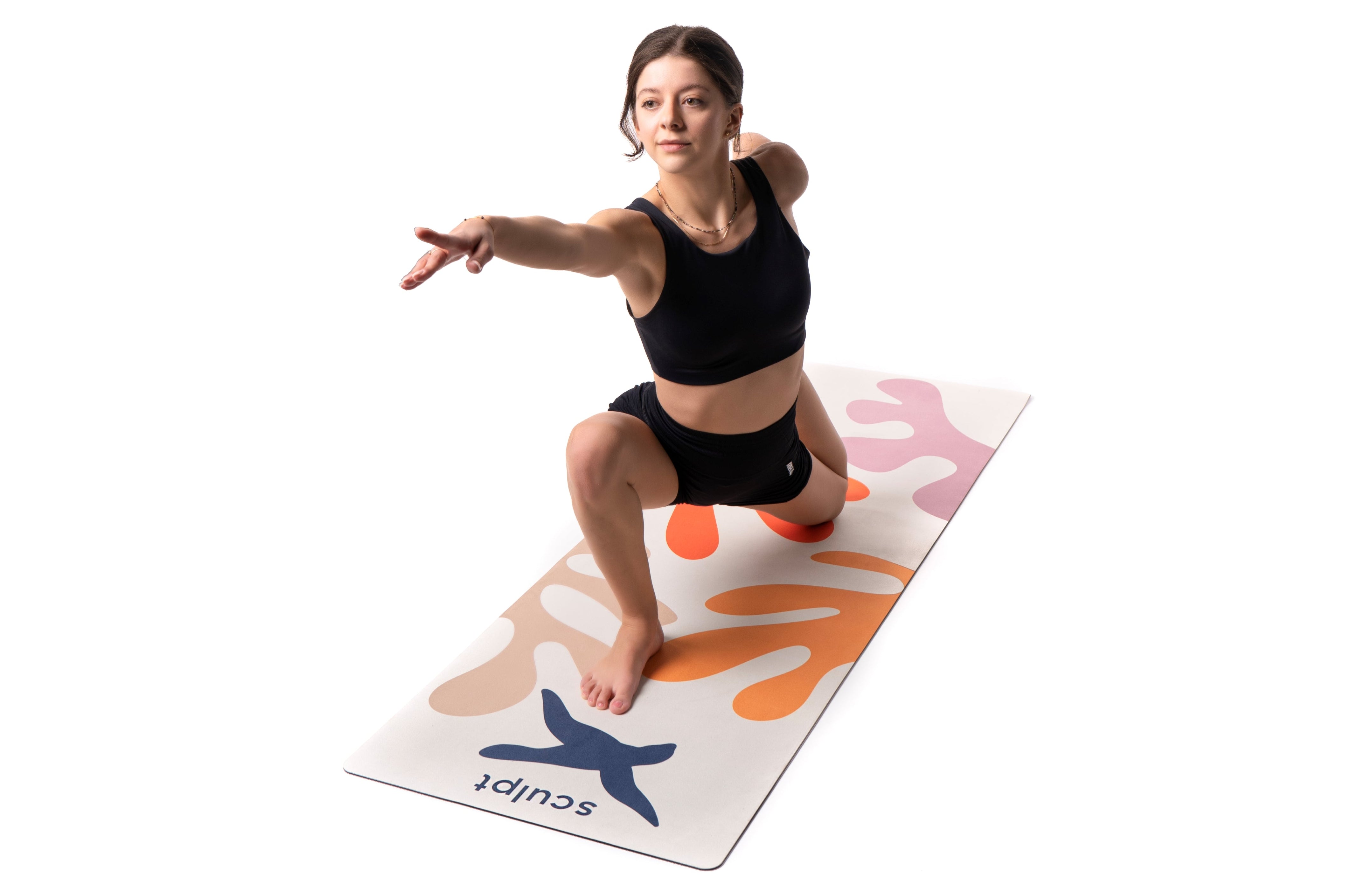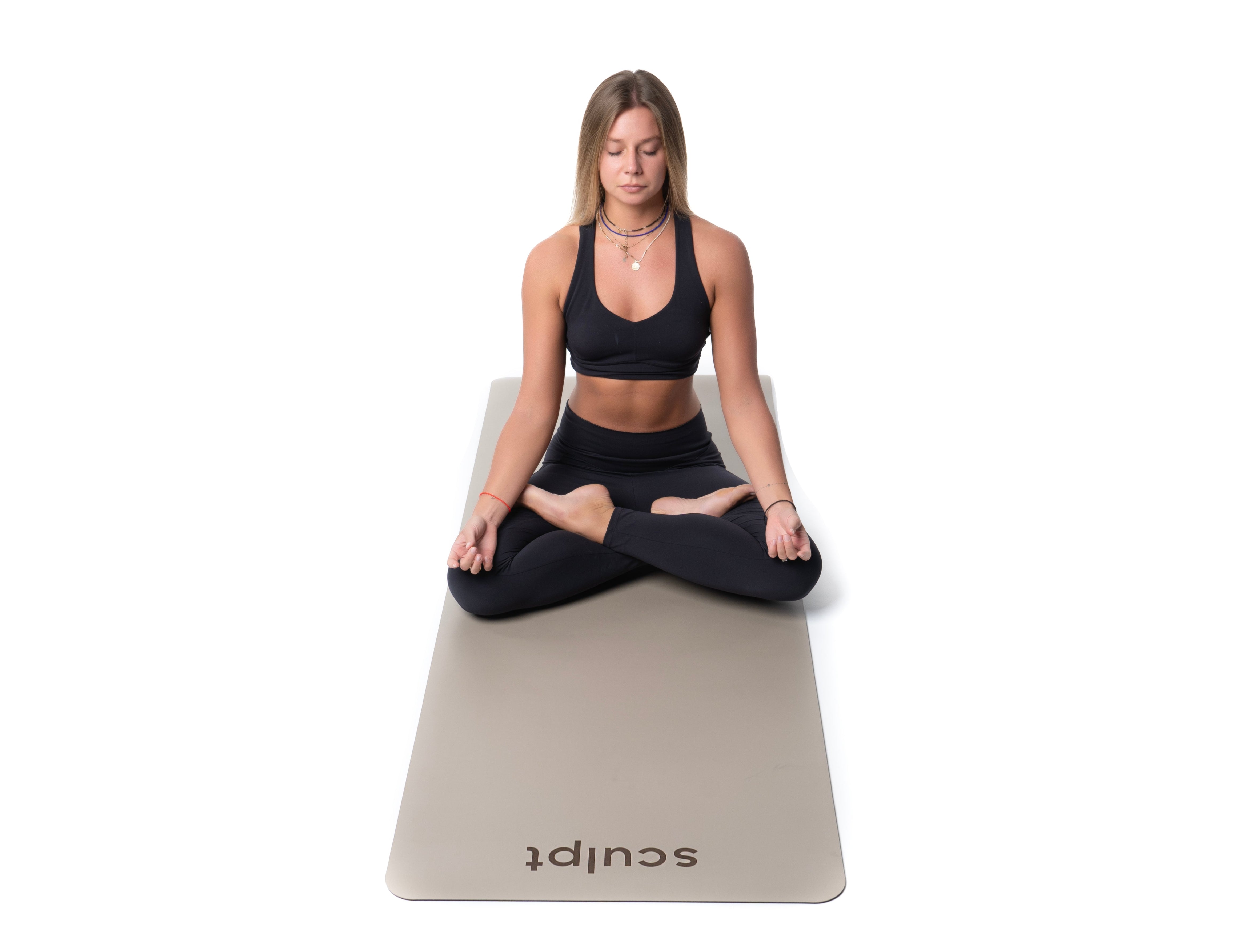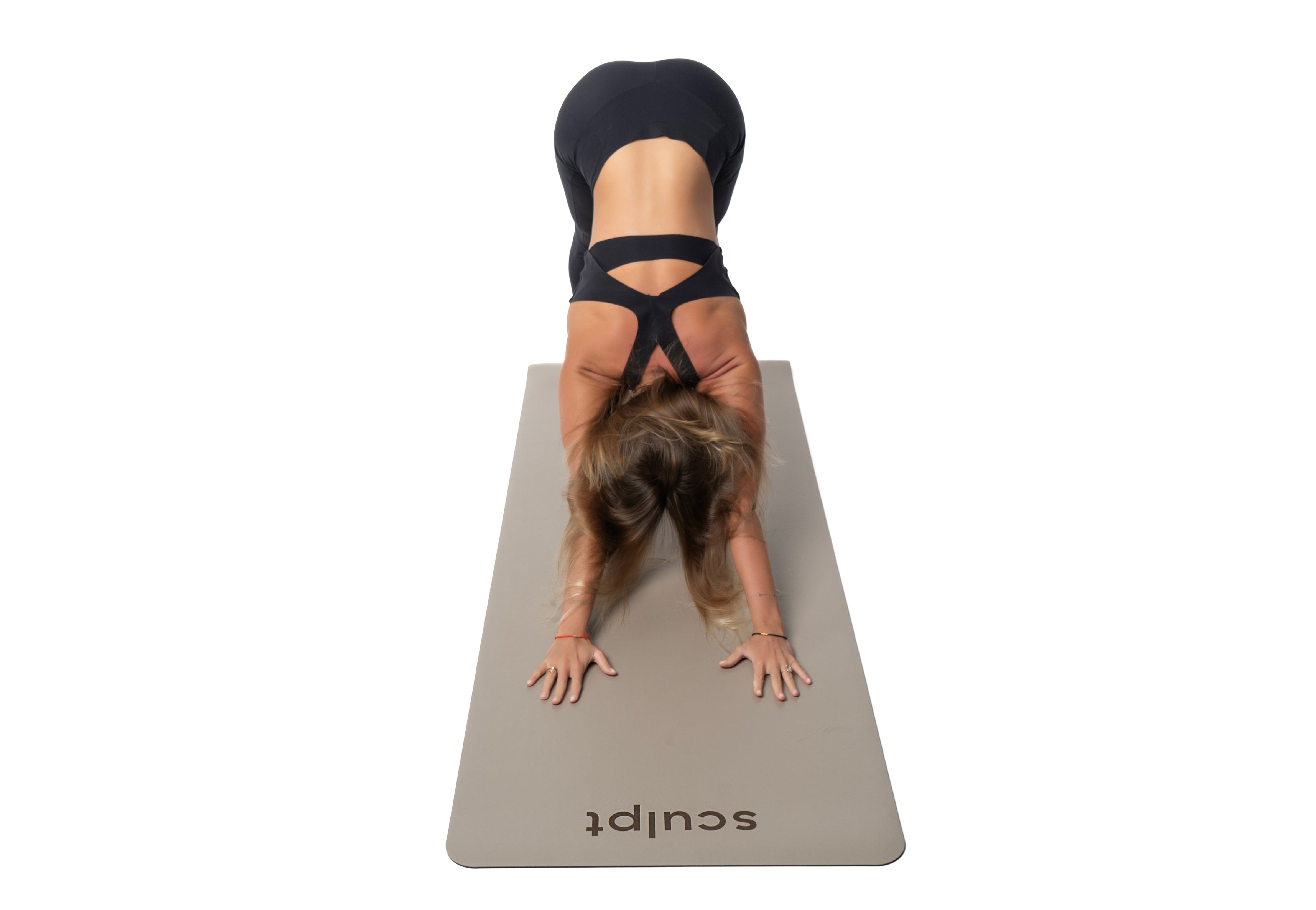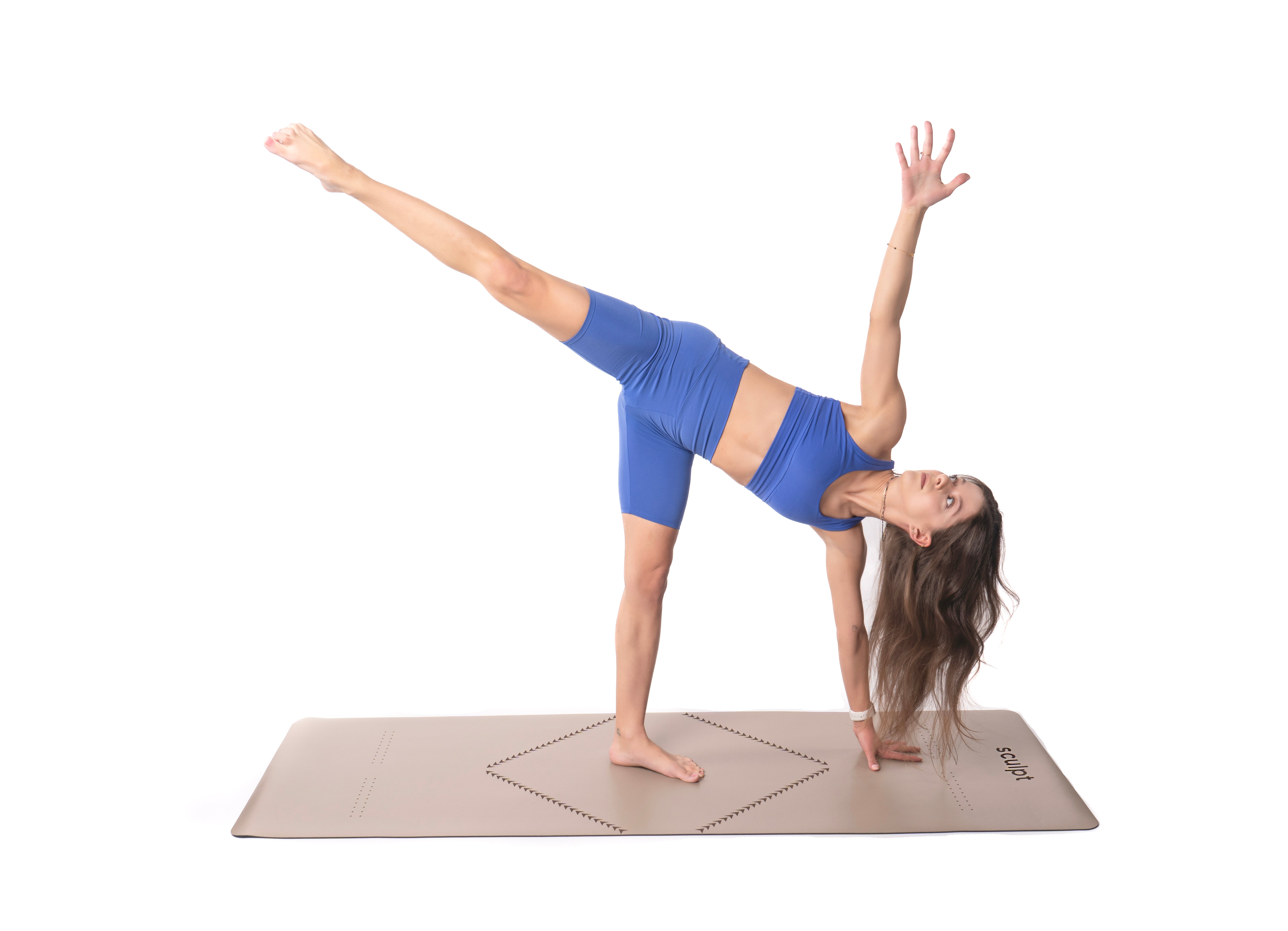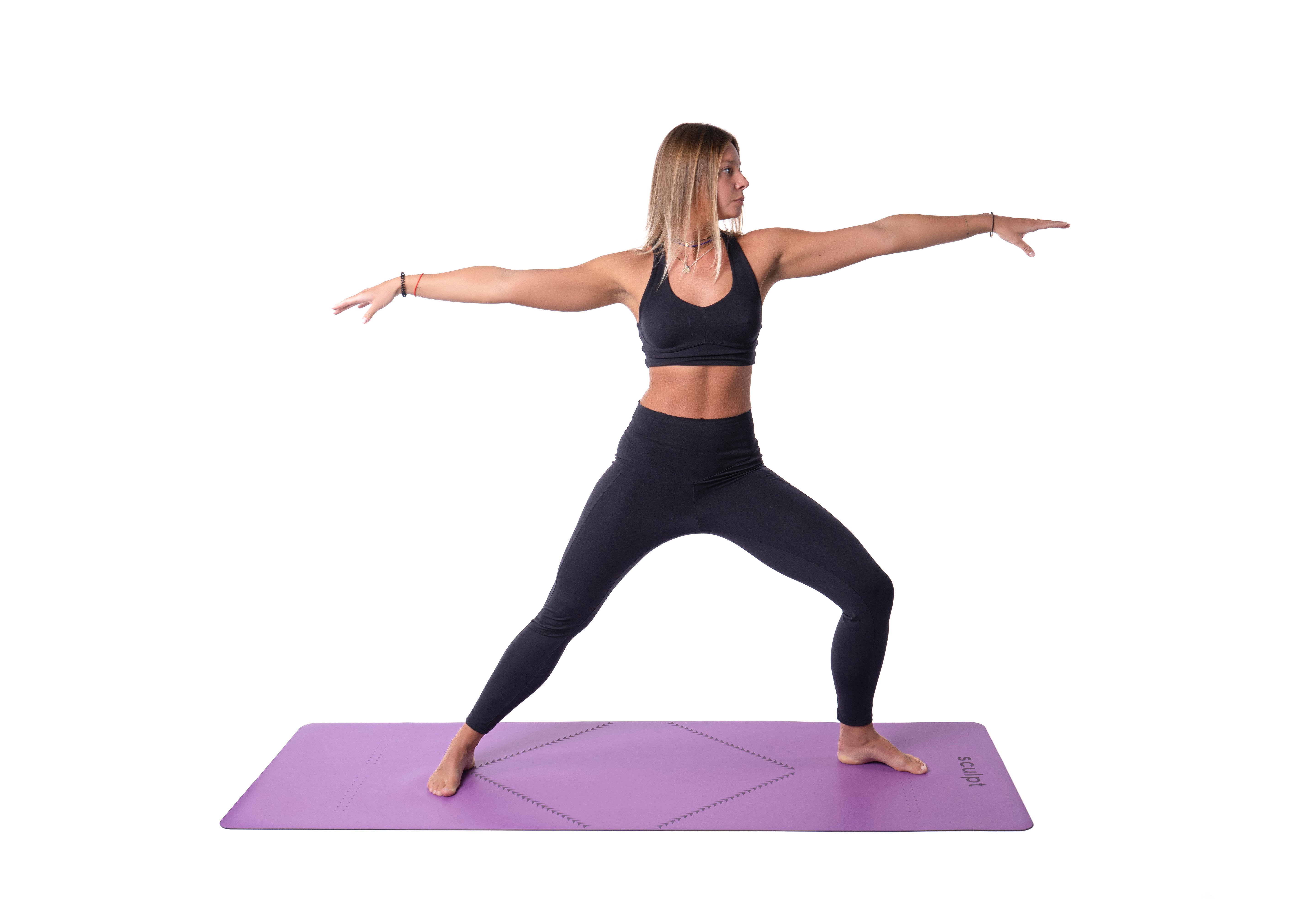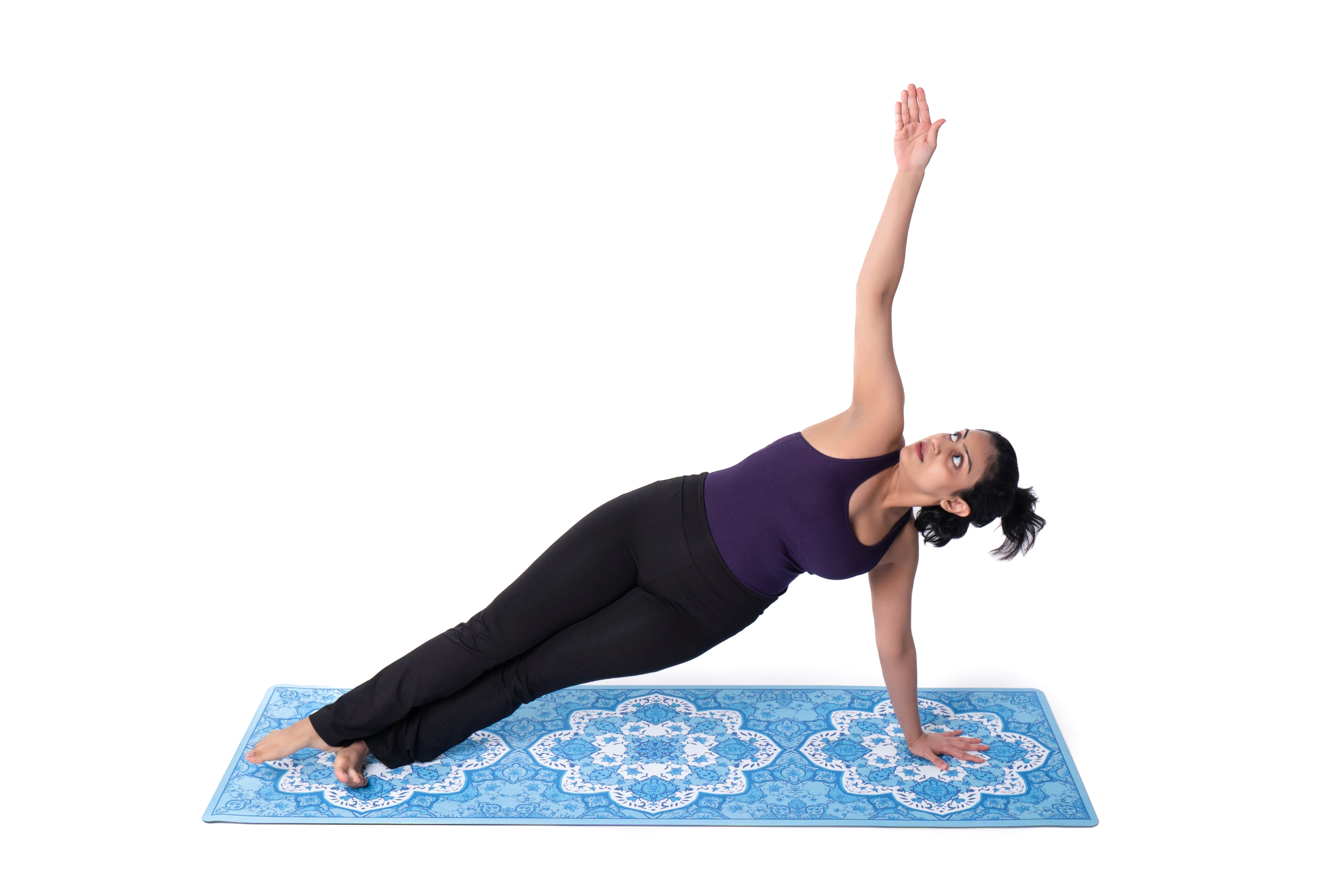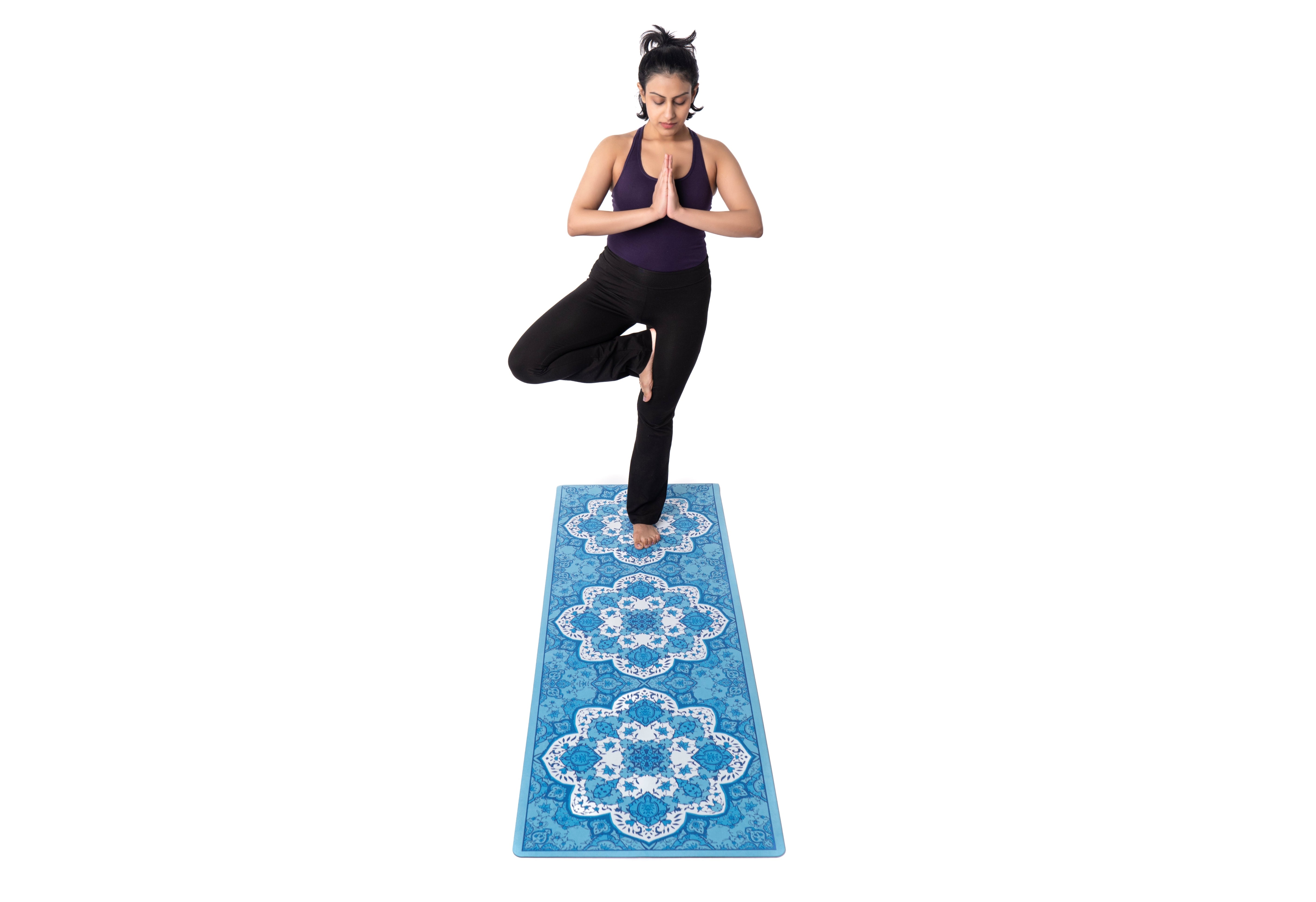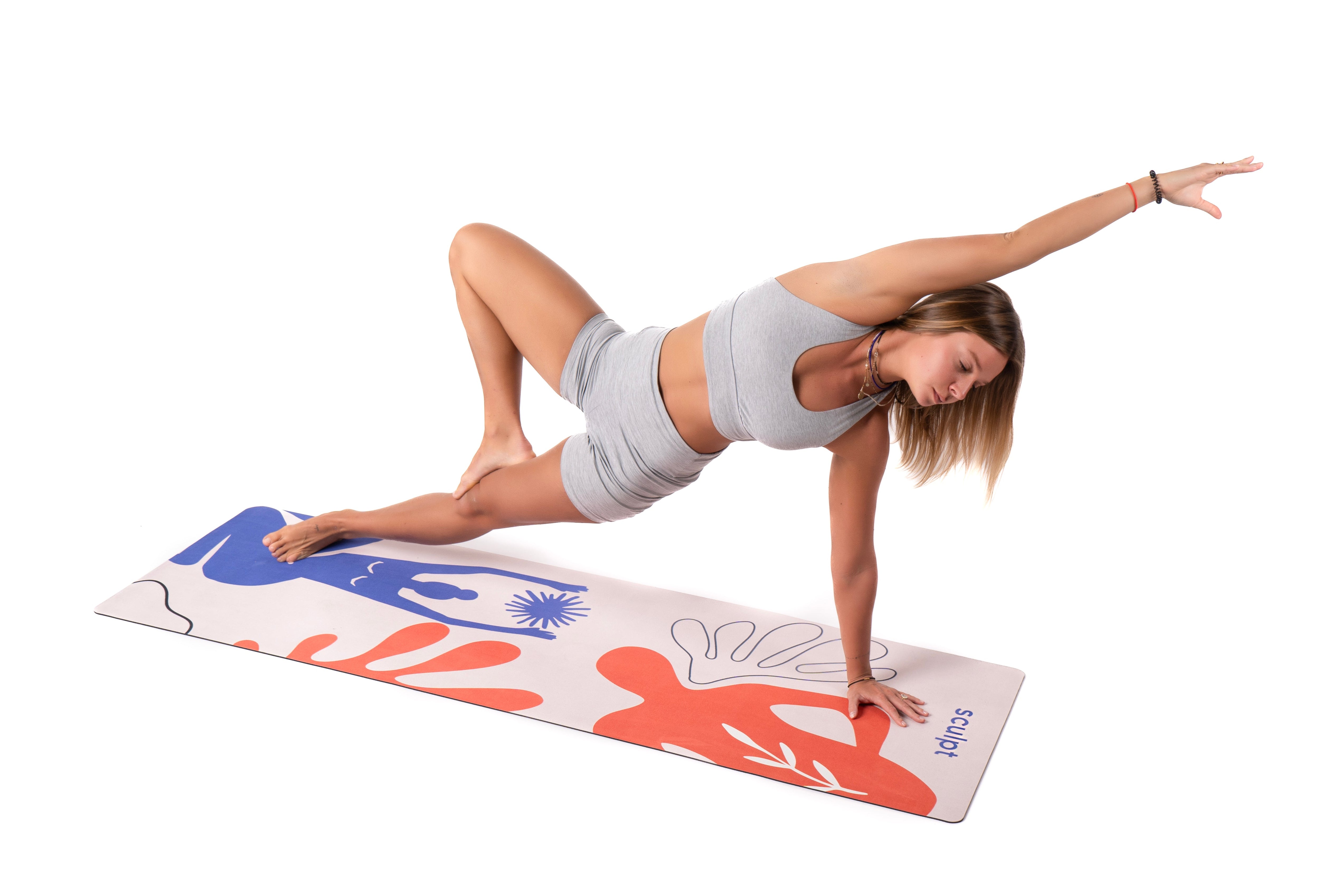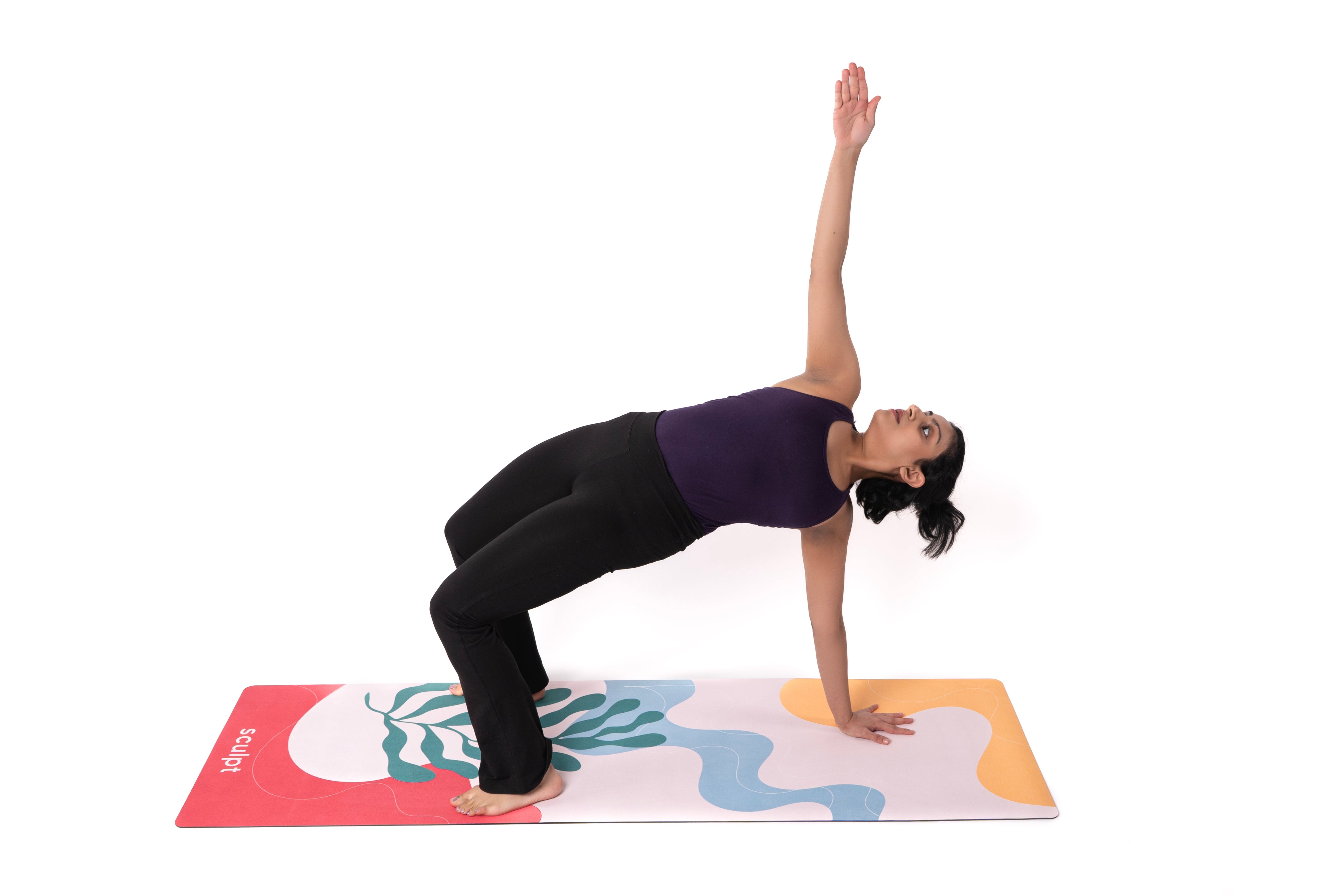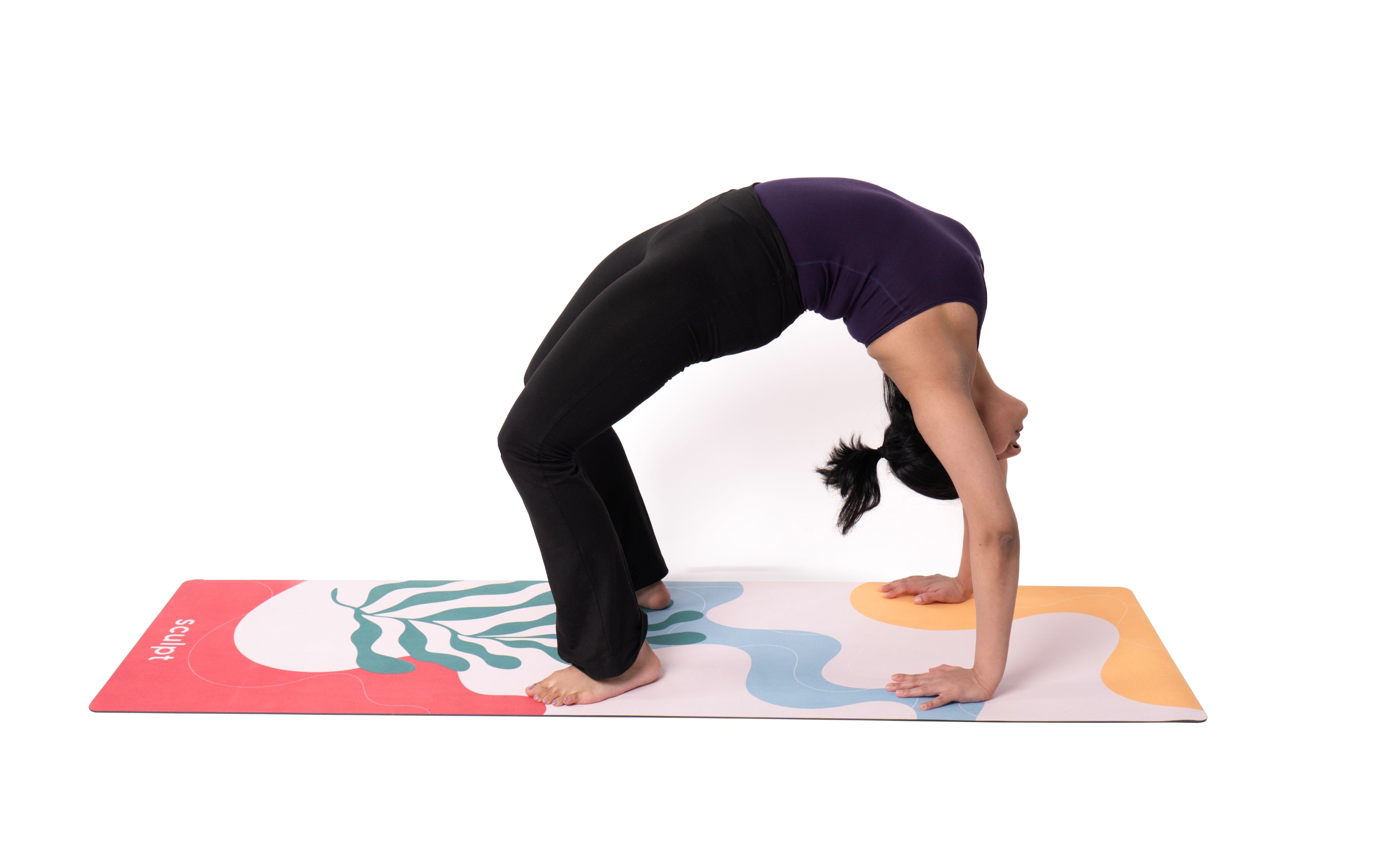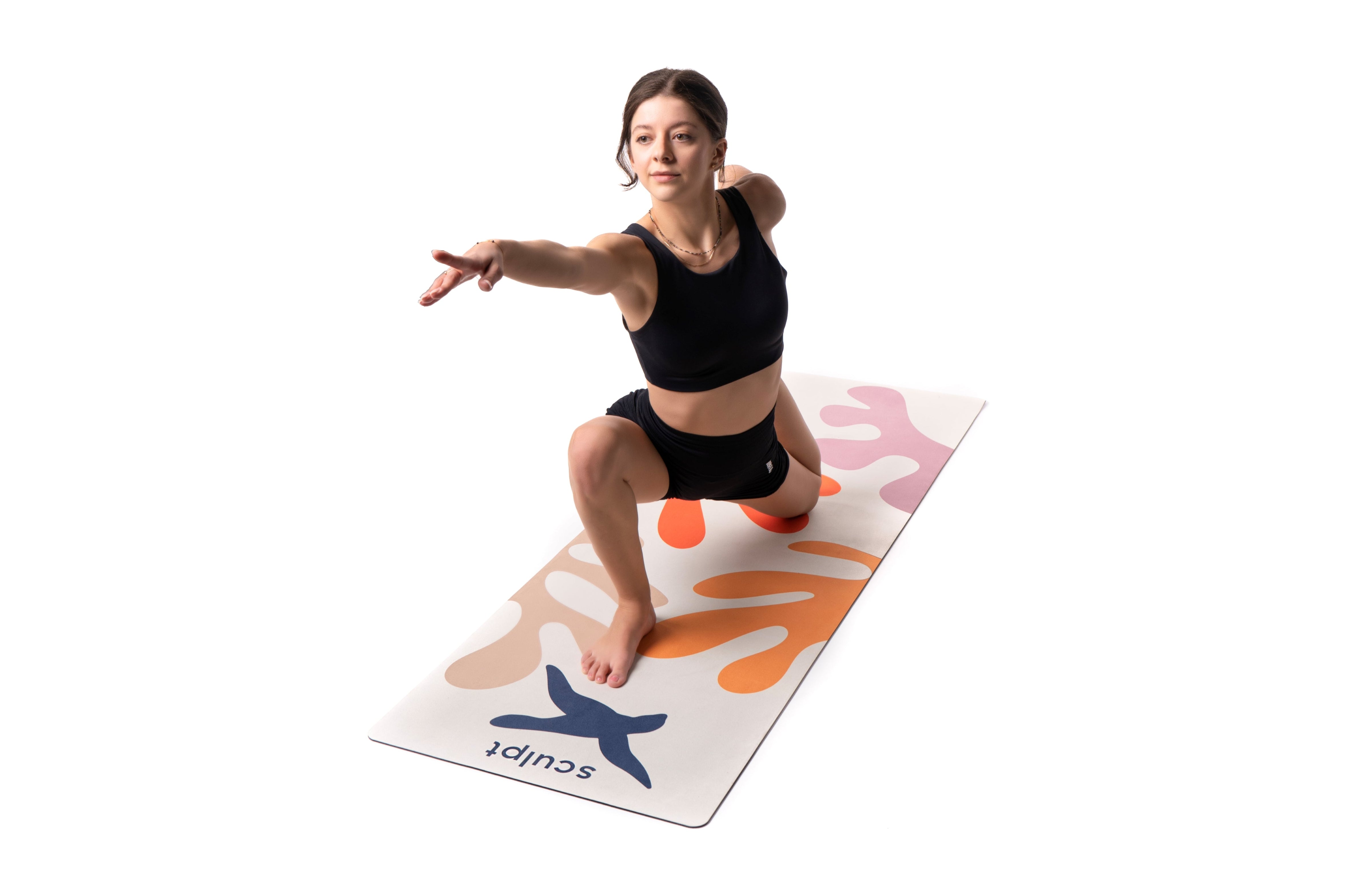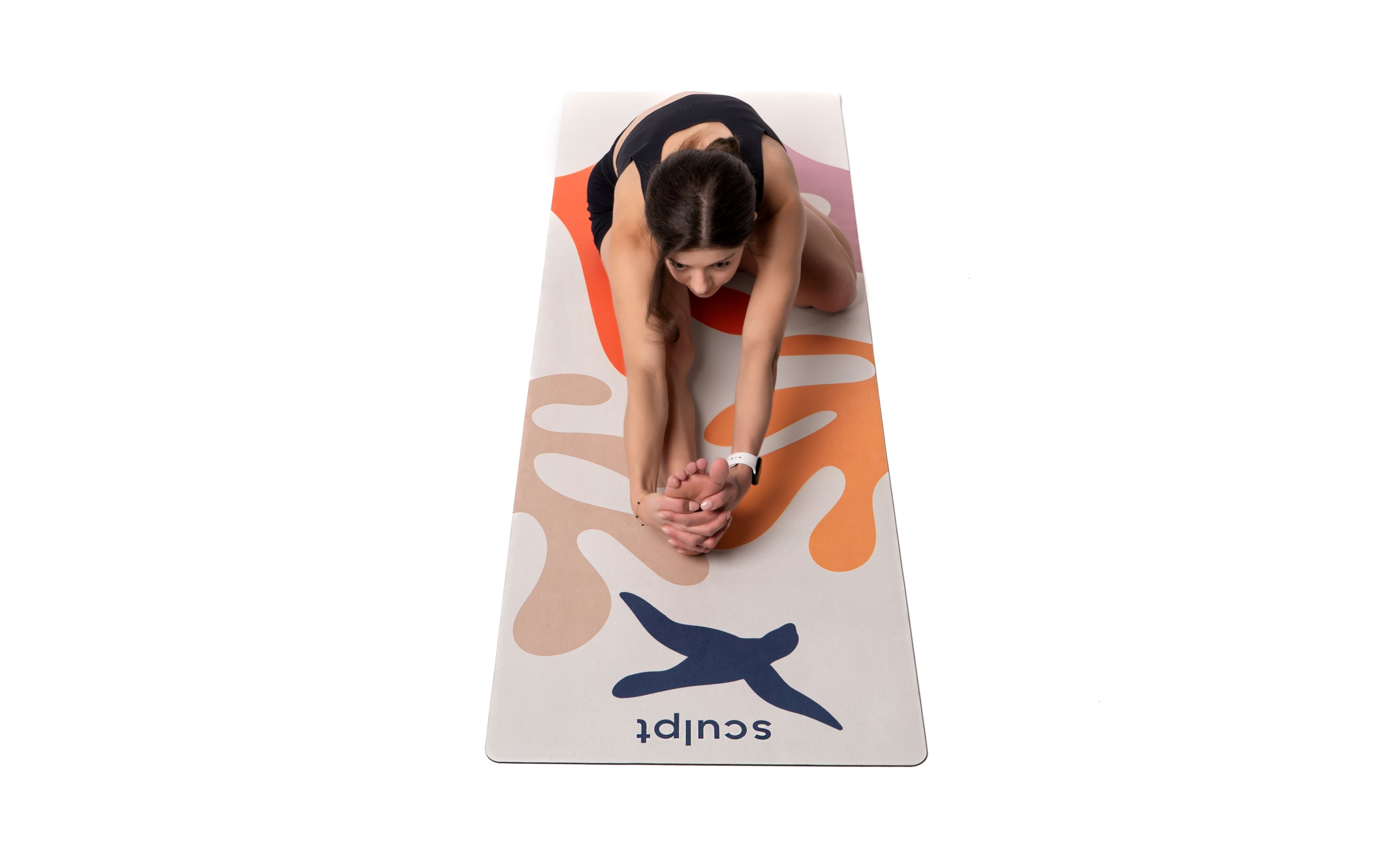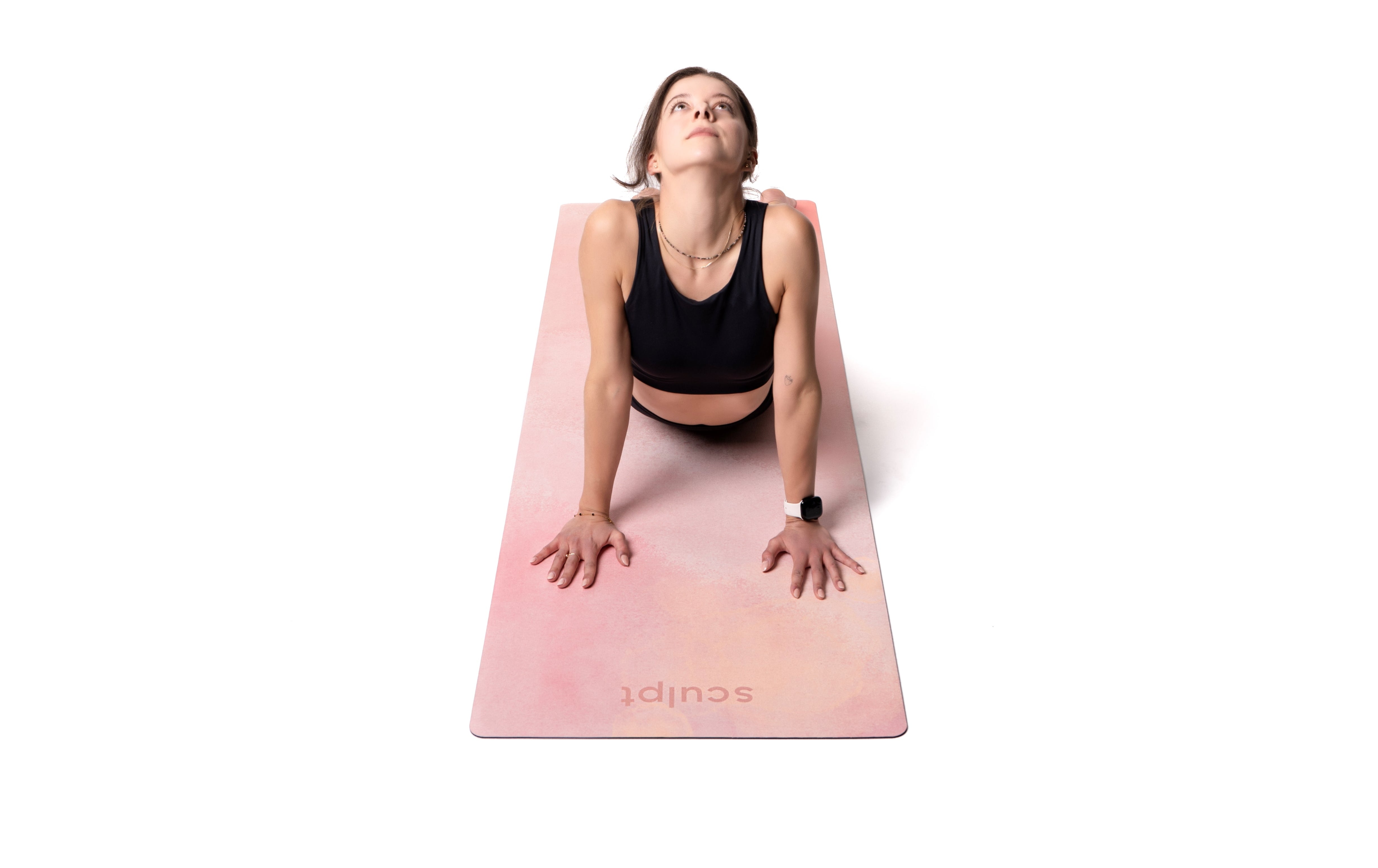How to Choose the Perfect Yoga Mat for Your Practice
Selecting the right yoga mat is an essential part of elevating your practice. It’s not just about color or size - it’s about finding the mat that best supports your body, your flow, and even your values. Whether you’re after comfort, sustainability, or grip, this guide will break down the most important factors to consider: thickness, grip, material, design, and feel.
1. Thickness: Find the Balance for Your Comfort
There’s no strict "one-size-fits-all" when it comes to the thickness of a yoga mat. It really depends on your practice, your body’s needs, and your comfort level.
-
Thicker mats (around 5mm or more) provide extra cushioning and are ideal for those who need additional support during floor poses or who have sensitive joints. The plush feel can be helpful for practices that involve prolonged kneeling or seated postures.
-
Thinner mats (around 3-4mm) offer a more stable surface, which is often preferred for dynamic practices like Vinyasa or Ashtanga. These mats allow you to feel more grounded and connected to the floor, improving your balance and stability in standing poses.
At the end of the day, your ideal thickness is the one that makes you feel most comfortable during your practice. There’s no wrong choice—just what works best for your body and your flow.
2. Grip: Stay Grounded in Every Pose
3. Material: Choose Eco-Friendly and Durable Options
The material of your yoga mat isn’t just about how it feels—it's also about how long it lasts and how much impact it has on the environment.
-
PU + Natural Rubber: These mats are crafted from natural rubber, a renewable resource that’s biodegradable and eco-friendly. Not only are they kind to the planet, but they’re also highly durable, so you won’t have to worry about replacing your mat often. The PU top layer provides excellent grip and comfort, making this material a great choice for serious practitioners who want both performance and sustainability.
-
RPET + Rubber: RPET stands for Recycled PET, meaning this material is made from recycled plastic bottles, giving them a second life in your yoga mat. This makes RPET + rubber mats a strong option for eco-conscious yogis who want to reduce plastic waste. These mats are both durable and supportive, combining sustainability with functionality.
-
PVC mats should be avoided. PVC (Polyvinyl Chloride) mats may seem attractive because they’re cheaper, but they are neither durable nor eco-friendly. PVC is a synthetic material that’s harmful to the environment and contains toxins that could be harmful to your health. Worse, these mats tend to wear out quickly, so while they might seem like a bargain at first, they’ll end up costing you more in replacements.
Why material matters: Your mat’s material affects its durability, sustainability, and how it feels underfoot. Choosing a high-quality, eco-friendly mat is an investment in both your practice and the planet.
4. Design: Let Your Mat Reflect Your Style and Support Your Practice
The design of your yoga mat is more than just aesthetics. While it’s important to choose a mat that resonates with you visually, design can also serve a practical purpose.
-
Personal Expression: Your yoga mat is your personal space for practice, so it should reflect your style. Whether you prefer minimalistic, calming designs or bold, vibrant patterns, your mat can inspire you to practice more regularly. Choose a design that makes you feel good and motivated every time you roll it out.
-
Alignment Guides: Some mats come with printed alignment lines, which are especially helpful for beginners or those who want to improve their posture. These guides help you correctly position your hands and feet in poses like Warrior or Downward Dog, ensuring your body stays aligned throughout your practice. Alignment guides can be subtle but make a big difference in helping you stay balanced and mindful.
Why design matters: Your mat is an extension of your practice. A thoughtful design can inspire confidence, improve alignment, and create a space that feels uniquely yours.
5. Feel: The Sensation Beneath Your Hands and Feet
One often overlooked factor in choosing a yoga mat is how it feels during your practice. The texture and surface material can impact your comfort and how you connect with the mat.
-
Eco PU: These mats tend to have a smooth, slightly matte surface that feels luxurious underfoot. The polyurethane top layer offers a soft yet firm feel, making it ideal for those who want a sleek surface that doesn’t distract from their practice. The firmness of the natural rubber provides great stability, while the smooth texture allows for fluid transitions between poses.
-
RPET (Microfiber): RPET microfiber-like surface provides a soft, fabric-like feel. This texture can feel cozy and comfortable, especially during slower practices or yin yoga, where you're holding poses for longer periods.
Why feel matters: The texture and feel of your mat can either enhance or distract from your practice. Whether you prefer the soft, tactile surface of RPET or the smooth, sleek feel of PU, your mat should feel like an inviting space that supports your flow.
Conclusion: Invest in the Perfect Yoga Mat for You
Your yoga mat is more than just a surface to practice on—it’s an essential tool that enhances every pose, breath, and meditation. When choosing a mat, consider these key factors:
- Thickness for comfort based on your body’s needs and the type of yoga you practice.
- Grip for stability, with PU + Natural Rubber mats offering unbeatable performance, especially if you sweat, and RPET + Rubber mats providing solid grip in most conditions.
- Material for durability and sustainability—invest in eco-friendly materials like natural rubber or RPET and avoid harmful PVC options.
- Design that resonates with your personal style and supports your alignment, making your mat an extension of your practice.
- Feel that complements your practice, whether you prefer the sleek surface of PU or the cozy microfiber-like feel of RPET.
Choosing the perfect yoga mat can enhance your practice, support your body, and reflect your values. Invest in a mat that’s built to last and suits your lifestyle, so you can flow confidently and comfortably through every practice.

